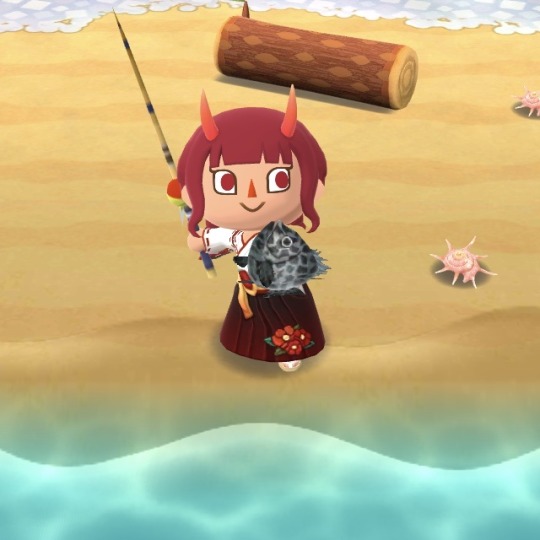#Fishing Tourney ACPC
Text








#animal crossing pocket camp#my acpc#acpc camp#animal crossing#acpc#acpc decor#decoration#my furniture acpc#febrero2024#fishing tourney ACPC
12 notes
·
View notes
Text
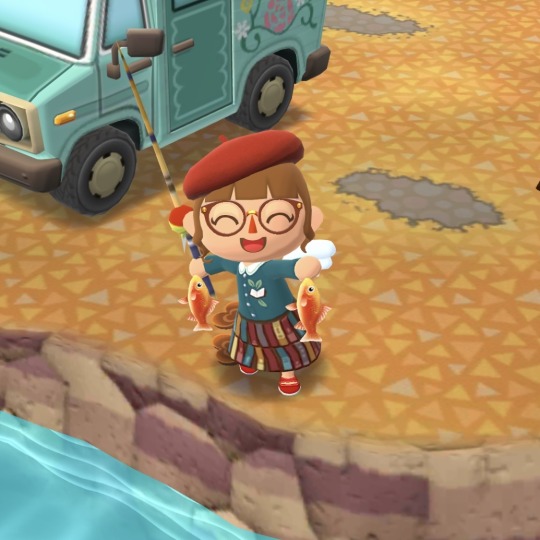
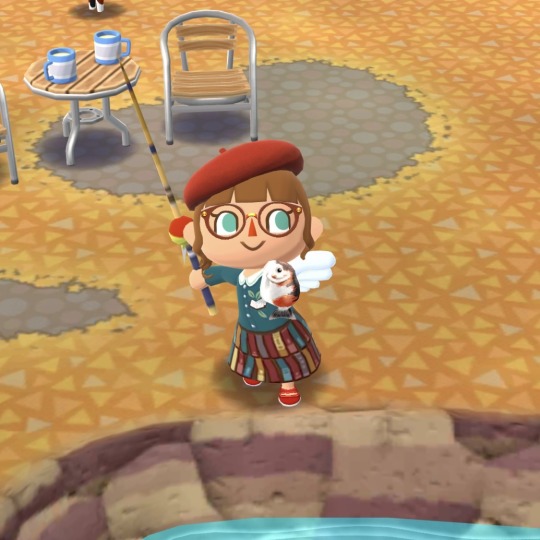


fall fishy friends
6 notes
·
View notes
Text
Animal Crossing Fish - Explained #209
Brought to you by a marine biologist with different fish, same name...
CLICK HERE FOR THE AC FISH EXPLAINED MASTERPOST!
So, today we will cover the Silver Arowana, and I know what you’re thinking - gee, that sounds familiar. Didn’t we already cover the Arowana way back in like 2020 or whatever? And, yes, we did, but it was a different species, and I’m here to be wildly accurate and complete in my coverage of all the fish and aquatic friends in this franchise, so here we go!
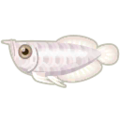
The Silver Arowana first appeared in AC Pocket Camp in June 2021 for Fishing Tourney 39 that featured fish named after precious stones or metals - so that tourney also included the Black Ruby Barb we covered just a few entries ago. The Silver Arowana is a mostly tropical species, native to South American rivers. So, it’s pretty cool ACPC released it in the summer. Makes sense.
Anyway, so we all know that there is a species of Arowana in AC New Horizons - I covered it already and found that one was the Super Red color morph of the Asian Arowana. Both the Asian and Silver Arowanas belong to the same Family of fish - the Osteoglossidae, or the bony tongues. The name is derived from a sharp, toothed bone at the bottom of the mouth that can grind against teeth at the roof of the mouth. The family is tiny, comprised of just the arowanas and arapaimas, for which there are only about 14 species. The arowanas are divided into two Genus - the Scleropages, which is where the Asian Arowana comes from, and Osteoglossum, which today’s Silver Arowana (Osteoglossum bicirrhosum) resides.

By User:Qwertzy2 - Taken by User:Qwertzy2, CC BY-SA 3.0, https://commons.wikimedia.org/w/index.php?curid=226294
There are two species in Genus Osteoglossum. They are both more ribbon-like, rather than bulky like other arowanas. If you look at the fish side-by-side, you’ll see they have like, the same face but totally different tail ends.
The Silver Arowana also has the funny nickname of “water monkey” because of its habit of jumping out of the water to catch flying prey. Yes - flying prey, like bats, birds, and flying insects, have been found in the stomachs of large specimens. That’s pretty rare though - the silver arowana usually hunts for smaller fish, crustaceans and other aquatic prey that float on or near the surface. You can really tell that this fish hangs out at the surface - its back is very straight and flat and that mouth is pointed almost entirely vertically to suck in prey from below. They also have two short barbels on their lower jaw to feel the vibrations of things landing on the surface. So, yeah, I think this is one of the very few predators we’ve covered that is most adapted to surface hunting like this!
And there you have it! Fascinating stuff, no?
#silver arowana#arowana#fish#freshwater#animal crossing#animal crossing pocket camp#acpc#science in video games#animal crossing fish explained
72 notes
·
View notes
Text
sorry i havent been online ive been grinding this acpc fishing tourney
0 notes
Text
LOVE it when nobody is in my way at the Creek!
acpc 🐷
1 note
·
View note
Text

check out my top floor lounge & bar babey
26 notes
·
View notes
Text

i made Laura's room in animal crossing pocket camp:))
#DID U KNOW THERES NO RADIOS IN ACPC#AND THE ONLY ONE THAT EVER EXISTED COULD ONLY BE OBTAINED THRU A FISHING TOURNEY#rusty lake#laura vanderboom#cube escape#animal crossing#pocket camp
125 notes
·
View notes
Text


The difference between these omg
#ac#animal crossing#acpc#ac pc#animal crossing pocket camp#acnh#ac nh#animal crossing new horizons#pocket camp#new horizons#ac fish#acnh fish#acpc fish#acpc fishing tourney
139 notes
·
View notes
Text
C.J. is very extra with taking pics here...
(Not a bad thing!)
5 notes
·
View notes
Text
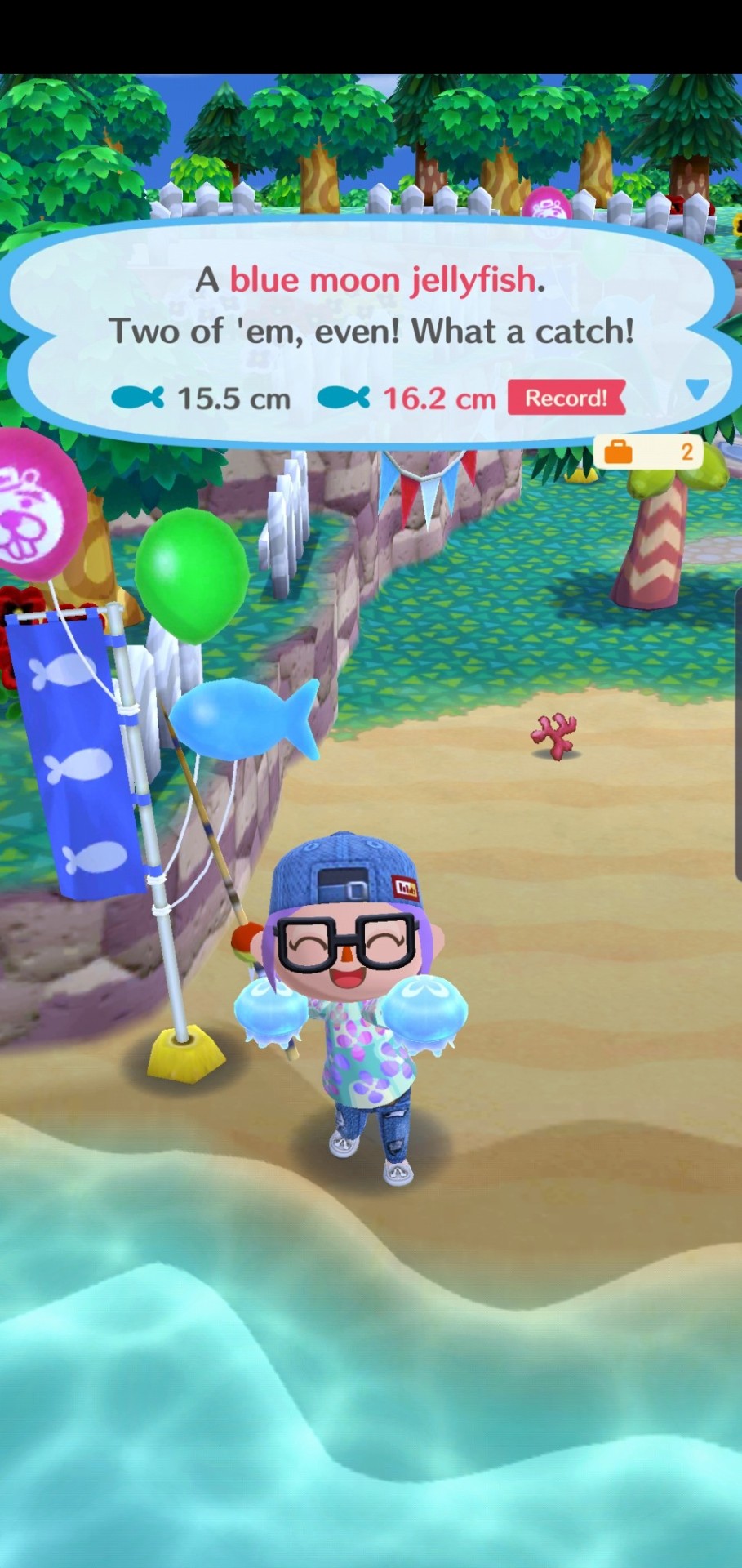

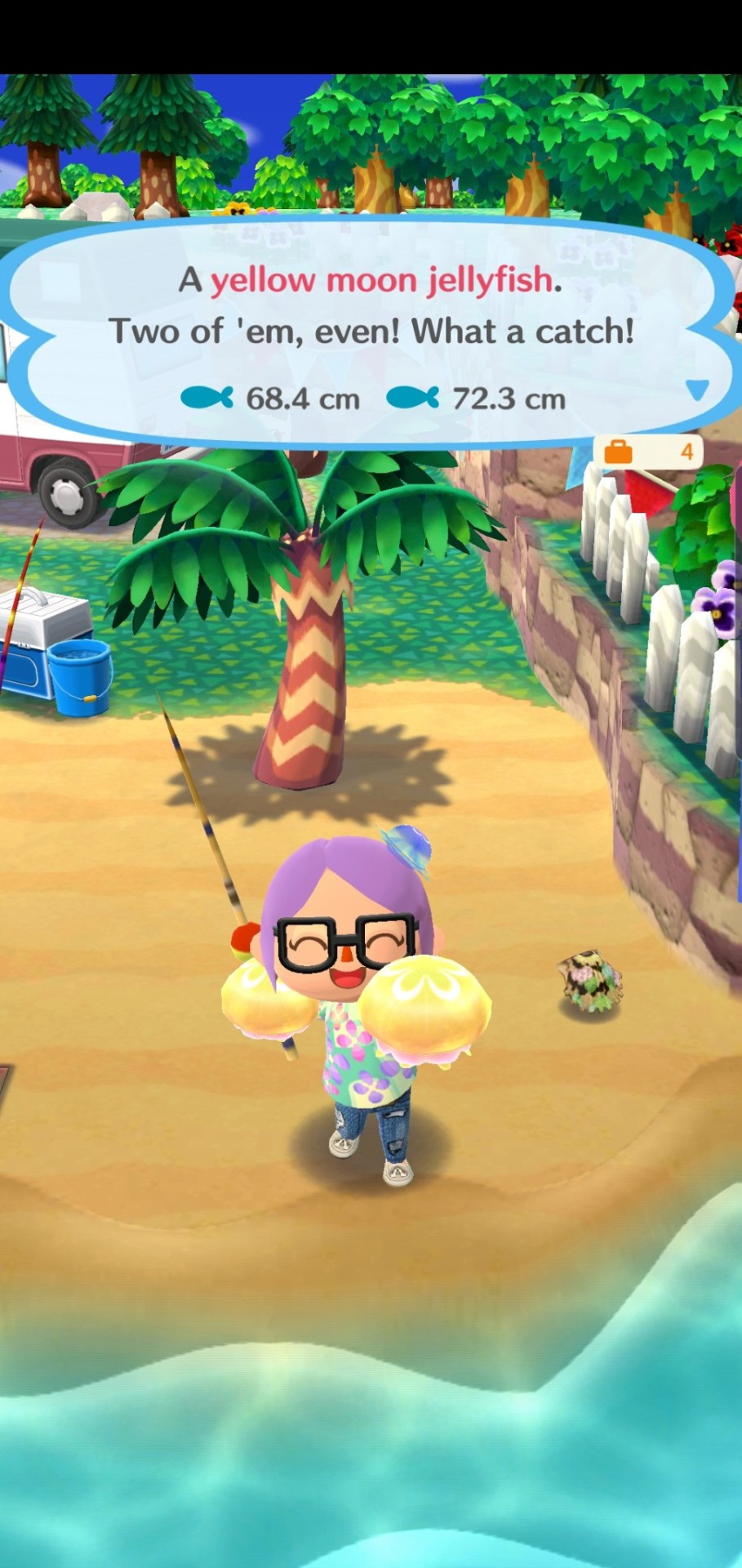
2 notes
·
View notes
Text
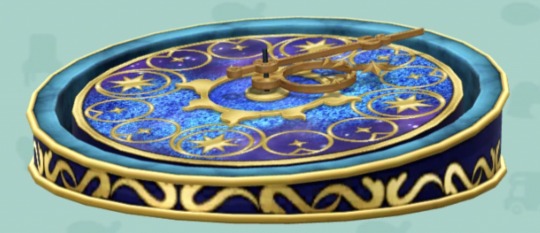





« Fishing Tourney 43: Star Signs »
#animal crossing pocket camp#my acpc#acpc camp#animal crossing#acpc#acpc decor#decoration#my furniture acpc#Fishing Tourney ACPC#febrero2024
10 notes
·
View notes
Text



getting ready for autumn down at the beach ⛅️
8 notes
·
View notes
Text

interesting...
#animal crossing#animal crossing new horizons#new horizons#acnh#acnh blog#acnh community#acnh switch#acpc#acnh meme#meme#funny#interesting#acnh fishing tourney
34 notes
·
View notes
Text
Animal Crossing Fish - Explained #226
Brought to you by a marine biologist getting back on her feet...
CLICK HERE FOR THE AC FISH EXPLAINED MASTERPOST!
I know I've been gone for a while - it's not because of the new Pokemon game, although it helped. I'm back to finish up what I started. So, today, let's start with a blank slate - the white versions of the guppy, the freshwater angelfish, and the koi. [Long post warning because pictures!!!]
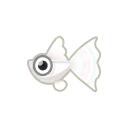
Specifically, these fish are the White Tuxedo Guppy, the White Butterfly Koi, and the White Angelfish. All three appeared once in AC Pocket Camp for its Fishing Tourney #27. The theme was "weddings" and occurred in June of 2020, so explains why they're all white.

We've already covered the taxonomy and delved deeper into these species elsewhere in the series. They are here -> Guppy, Koi, and Angelfish. For review, all three of these fish are freshwater species, native to different river systems, and all are species humans like to keep ornamentally. Likewise, these white versions represent specially bred specimens that not only feature a strange white coloring, but also different fin lengths and shapes. This is especially true for the butterfly koi, specifically known for its long, graceful fins.
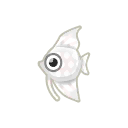
But I want to take a "minute" to talk about pigments in the animal kingdom and then the certain genetic anomalies that fuck it up. So lets talk about pigment - what is it and what does it do? To sum it up very quickly, biological pigments, or biochromes, are molecules produced within specialized cells that absorb and reflect certain wavelengths of light, aka, they give animal skin, eyes, fur, etc. color. These colors assist animals in their daily lives, by providing camouflage for animals so that their prey or their predators don't see them coming or going, respectively. Other animals display color to communicate, either to attract a mate or tell a rival to back off. Pigments can even protect the skin from UV radiation (as is the function of melanin in human skin). This is all grade school science class stuff, but it's really important to ecology. Color and color patterns can tell you so much about how an animal lives its life, even without observation. But like all living functions, pigment can get messed up, too, and in a lot of ways.
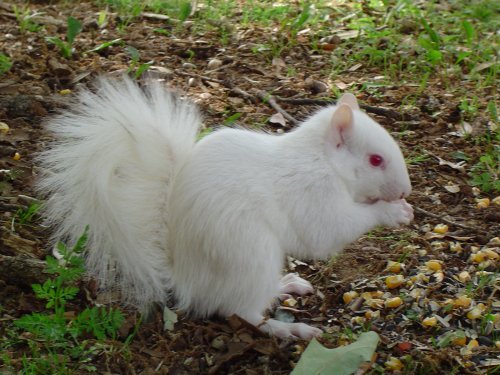
By Stephenkniatt at English Wikipedia - Transferred from en.wikipedia to Commons., Public Domain
Perhaps the most famous pigment disorder is albinism. This disorder is characterized by an absence of pigmentation, turning the animal white (in plants, albinism is from the absence of chlorophyll). The term albinism has many incomplete definitions, however, we typically recognize it as a lack of melanin, which results in an all-white body and red eyes. It is especially apparent in mammals, where melanin is the only pigment we make! This disorder comes with a lot of drawbacks for any animal - an all-white body means they've lost the functions of their species' coloration, they have poor vision and eye development, hearing disorders, and, in some studies, the disorder is found to be "semi-lethal", generally reducing the life span. Fortunately, I don't think the ACPC wedding fish have this condition.

By The original uploader was Dawson at English Wikipedia. - Transferred from en.wikipedia to Commons., CC BY-SA 2.5,
I think our fish for today are Leucistic, in that they have a loss of much of their pigments, but not all. For the fish and for the snake above, pigment is absent in the scales, but the eyes are just fine. Leucism is often mistaken for albinism. The big difference between them is the severity and the pigments lost - albinism is a total lack of melanin, but leucism affects all the types of pigments found in the animal kingdom and at different intensities, and therefore can appear "partial", as seen in piebald individuals. And yes, all sorts of albinism and leucism are specifically bred for in the pet trade.
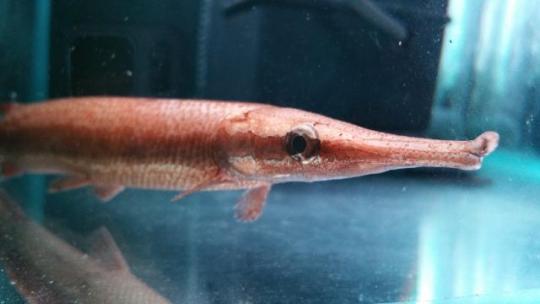
Erythrism is when an individual is strangely more red than usual. I don't have a lot to say about this one but to look it up on Google "erythristic animals" and see how utterly magical they look. Pink bugs are a guarantee.
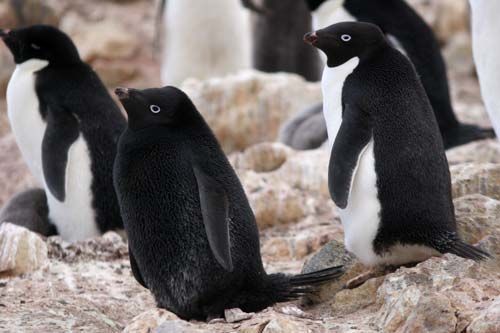
Then there's Melanism, the exact opposite of albinism/leucism - it is the increased production of melanin, making an animal's skin, etc. very very dark, or completely black. Sometimes melanism gets out of hand and also dyes the inside of the animal black, as is the case with Ayem Cemani breed of chicken. Also worth a Google search: "melanistic animals". Enjoy.
And there you have it. Fascinating stuff, no?
#fish#angelfish#guppy#koi#butterfly koi#animals#animal crossing#animal crossing pocket camp#albinism#leucism#melanism#erythrism#pigmentation#biology#science in video games#animal crossing fish explained
11 notes
·
View notes
Text

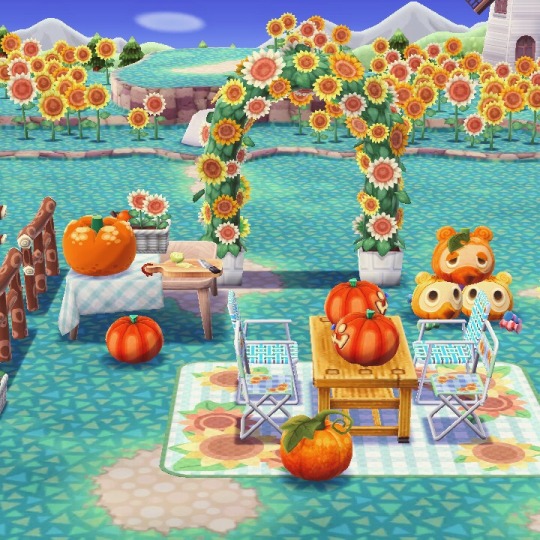
🎃 Pumpkin patch and carving contest! 🎃
#acpc#pocket camp#animal crossing#animal crossing pocket camp#my acpc#my camp#acpc community#acpc cute#acpc edit#acpc screenshot#acpc event#acpc fishing tourney#acpc blogging
234 notes
·
View notes
